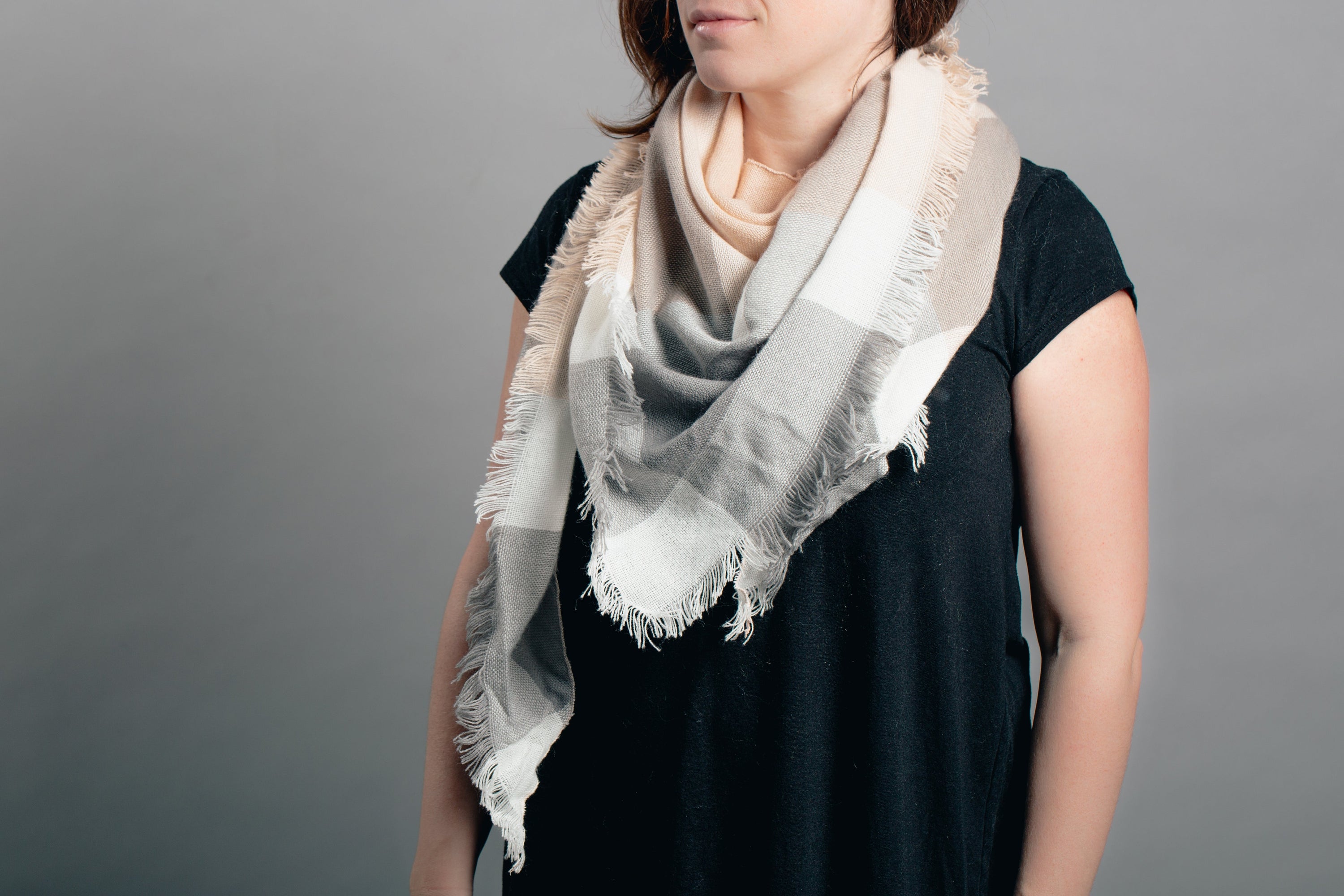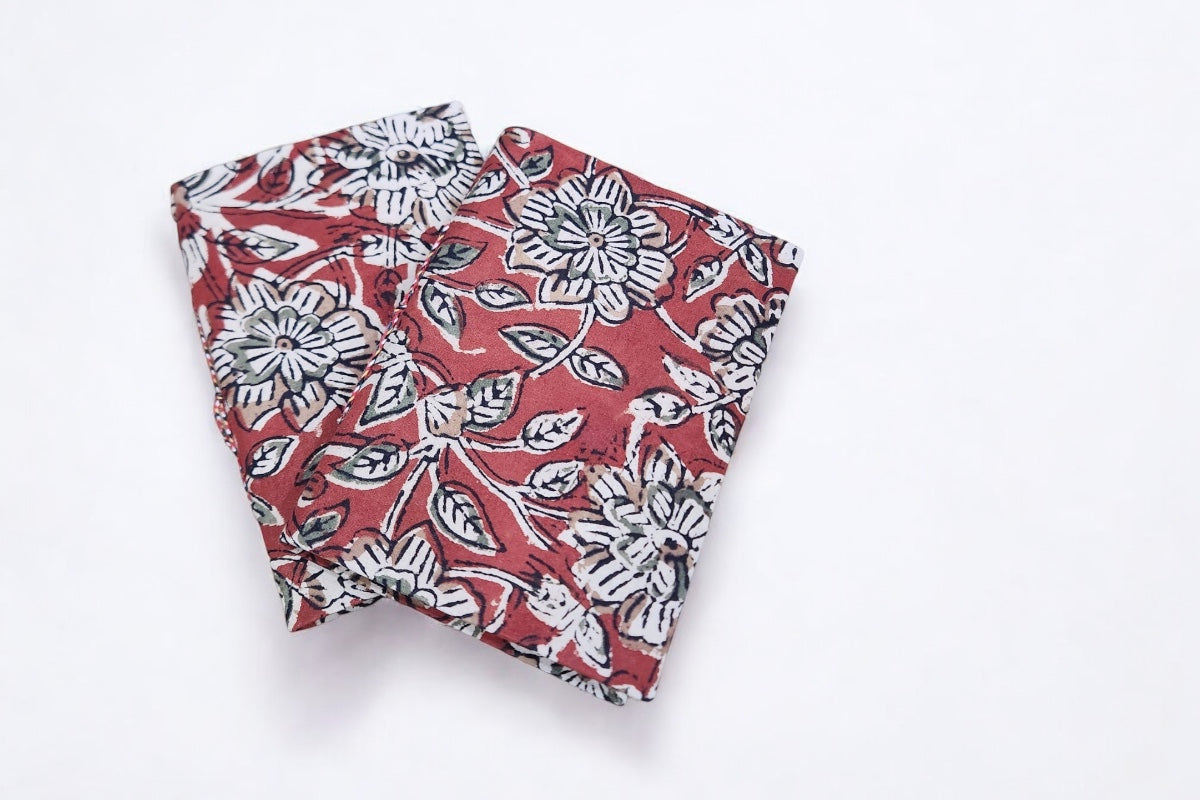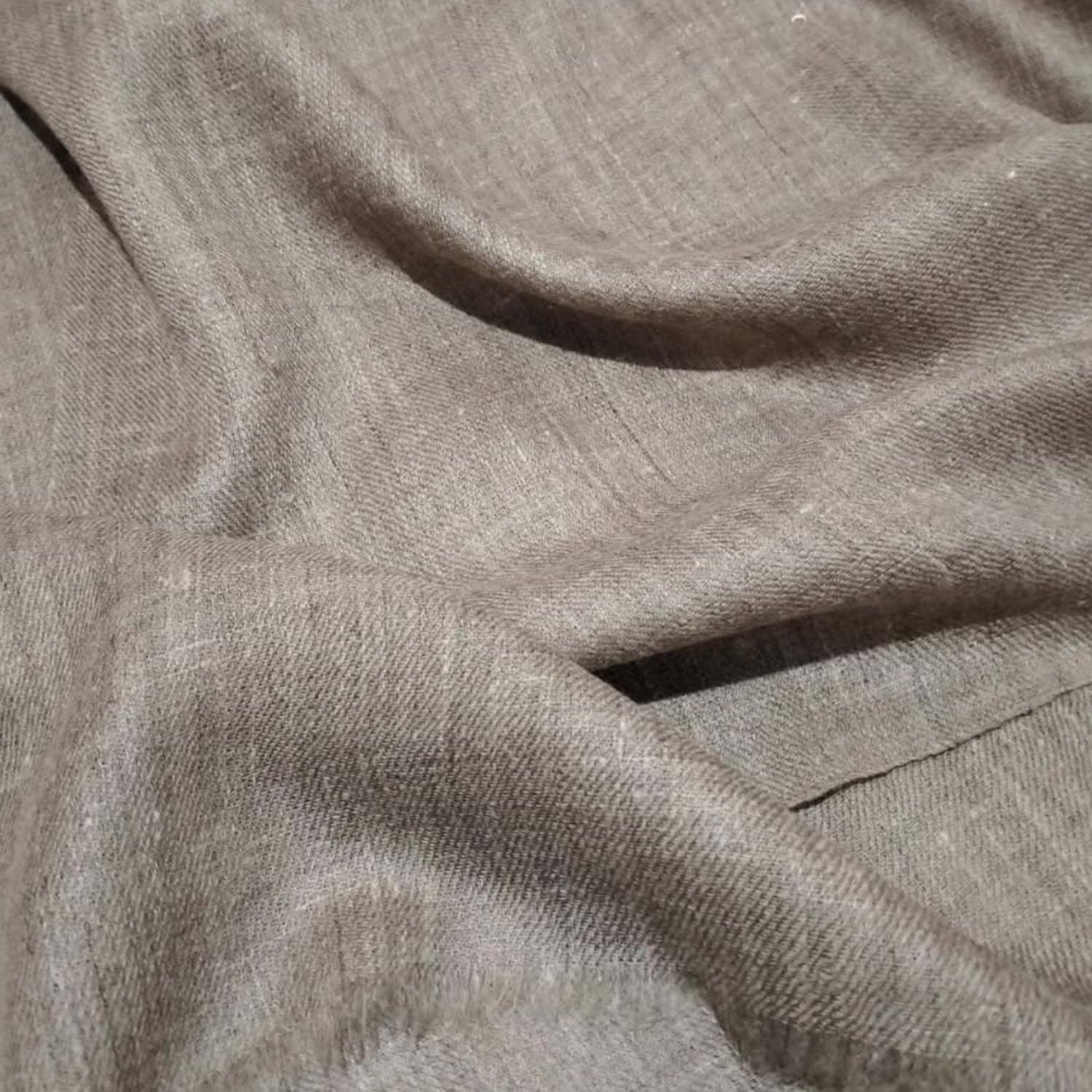Pashmina wool originates from the Changthangi or Pashmina goat, a special breed native to the high-altitude regions of the Himalayas, particularly in Ladakh, India. These goats live at altitudes of 12,000 to 14,000 feet, where temperatures can drop to as low as -40°C. To survive these harsh conditions, the goats develop a unique undercoat of ultra-fine fibers, known as pashm or pashmina, which provides exceptional insulation.
The Historical Significance
The use of pashmina dates back to ancient times. Historical records suggest that pashmina shawls were being made in Kashmir as early as the 3rd century BC. The luxurious fabric quickly gained popularity among royalty and nobility. In fact, the name "pashmina" is derived from the Persian word "pashm," meaning "wool."
During the Mughal era, pashmina shawls became a symbol of status and were highly sought after by the Indian and Persian courts. Mughal emperors, particularly Akbar, were known to be great patrons of pashmina, commissioning intricate and lavish designs that were often given as royal gifts.
The Crafting Process
Creating pashmina products is an intricate and labor-intensive process, involving several stages:
- Collection: The pashmina wool is collected during the spring molting season when the goats naturally shed their undercoat. This is done by combing the goats, which ensures that only the finest and softest fibers are gathered.
- Cleaning: The raw wool is carefully cleaned to remove impurities. This is a delicate process, as the fibers are extremely fine and require gentle handling.
- Spinning: The cleaned wool is hand-spun into yarn using a traditional spinning wheel, known as a charkha. This step requires exceptional skill and patience, as the fibers are incredibly fine and can break easily.
- Weaving: The yarn is then woven into fabric using handlooms. Experienced weavers create intricate patterns and designs, often taking months to complete a single piece.
- Embroidering: Many pashmina shawls are adorned with intricate embroidery, a hallmark of Kashmiri craftsmanship. Techniques such as Sozni, Tilla, and Ari embroidery add to the shawls' beauty and value.
- Finishing: The final product is carefully finished to enhance its softness and sheen. This involves washing, stretching, and sometimes dyeing the fabric to achieve the desired look and feel.
Pashmina in Modern Times
In contemporary fashion, pashmina continues to be a symbol of luxury and sophistication. Designers around the world incorporate pashmina into their collections, creating timeless pieces that appeal to a global audience. The versatility of pashmina allows it to be used in various forms, from shawls and scarves to stoles and wraps.
Supporting Traditional Artisans
The pashmina industry plays a crucial role in the economy of Kashmir and the surrounding regions. By supporting pashmina products, consumers help sustain the traditional craft and provide livelihoods for artisans who have been practicing this art for generations.
Conclusion
The origin of pashmina is a story of nature's resilience and human ingenuity. From the high-altitude regions of Ladakh to the intricate looms of Kashmir, pashmina wool undergoes a remarkable journey to become the luxurious fabric cherished worldwide. Its rich history, combined with the meticulous craftsmanship involved in its creation, makes pashmina a true symbol of elegance and heritage.



